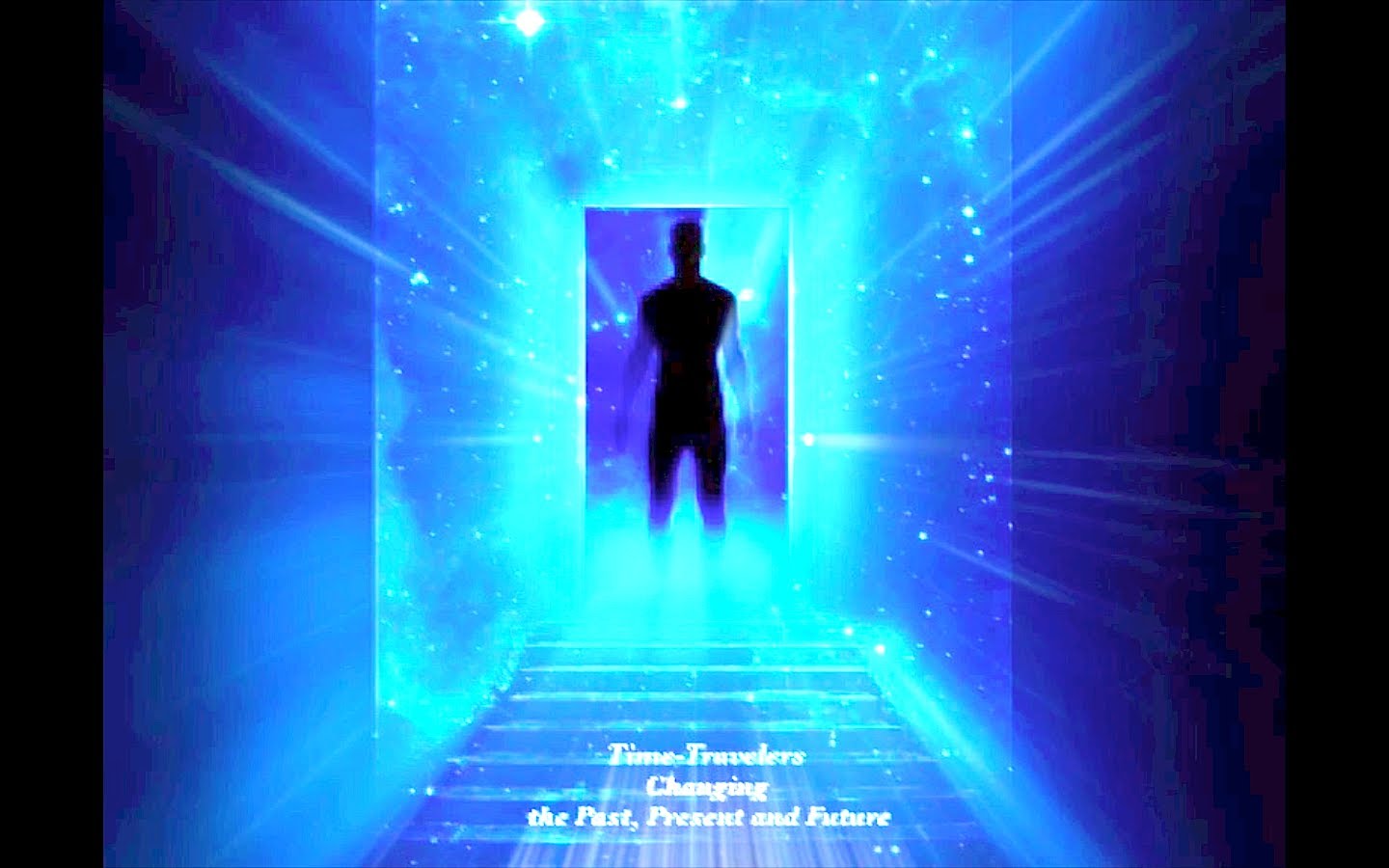Here is some more background on some of the components we know well that may be playing a part in a hologoraphic universe:
Don’t let the name fool you: a black hole is anything but empty space. Rather, it is a great amount of matter packed into a very small area – think of a star ten times more massive than the Sun squeezed into a sphere approximately the diameter of New York City. The result is a gravitational field so strong that nothing, not even light, can escape. In recent years, NASA instruments have painted a new picture of these strange objects that are, to many, the most fascinating objects in space. A black hole is a mathematically defined region of spacetime exhibiting such a strong gravitational pull that no imminent particle or electromagnetic radiation can escape from it. The theory of general relativity predicts that a sufficiently compact mass can deform spacetime to form a black hole.
The boundary of the region from which no escape is possible is called the event horizon. Although crossing the event horizon has enormous effect on the fate of the object crossing it, it appears to have no locally detectable features. In many ways a black hole acts like an ideal black body, as it reflects no light. Moreover, quantum field theory in curved spacetime predicts that event horizons emit Hawking radiation, with the same spectrum as a black body of a temperature inversely proportional to its mass. This temperature is on the order of billionths of a kelvin for black holes of stellar mass, making it essentially impossible to observe.
We hope you like the videos and are intrigued with these points of view.
